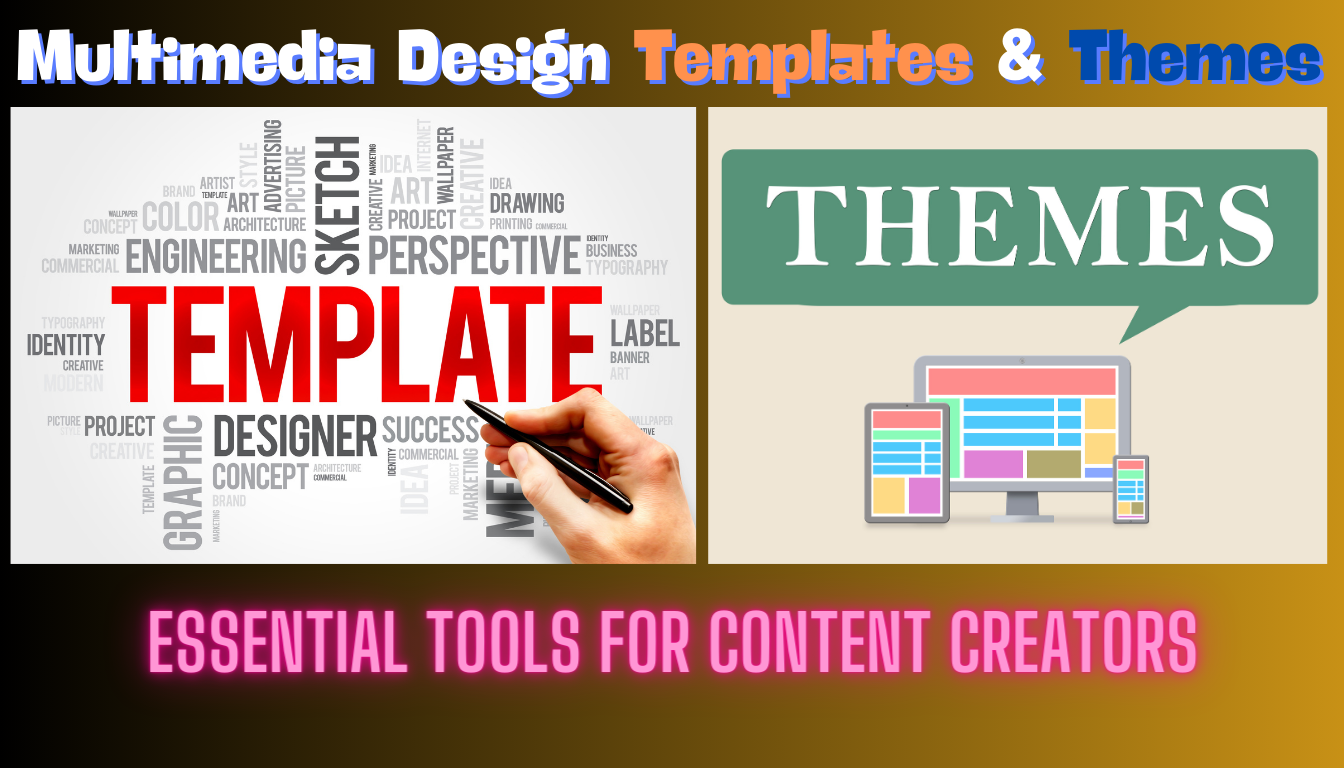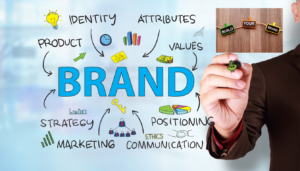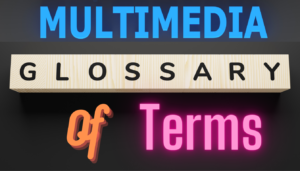Introduction
Multimedia Design Templates & Themes are essential tools for content creators looking to craft visually appealing and interactive digital experiences without starting from scratch. These templates and themes provide a pre-designed framework that can be customized for a wide range of applications, including websites, presentations, and multimedia projects. Whether you’re a professional designer, marketer, or educator, these resources simplify the creative process, ensuring consistency and quality while saving time and effort in developing engaging content.
Explore a wide range of multimedia design templates and themes that can elevate your projects to the next level. These creative and versatile options allow you to find the perfect blend of style and functionality for your content.
Table of Contents
History and Development
| Year | Milestone |
|---|---|
| Early 1990s | Introduction of basic HTML and CSS, allowing for the first simple web templates. |
| Late 1990s | Rise of Flash technology, enabling more dynamic and interactive website themes. |
| Early 2000s | Emergence of CMS platforms like WordPress, which popularize customizable themes. |
| Mid 2000s | Development of responsive web design practices, adapting templates for mobile devices. |
| 2010s | Expansion of theme marketplaces like ThemeForest, offering a wide range of templates for various platforms. |
| 2020s | Advancements in web technologies and design tools, leading to highly interactive and visually rich templates. |
Template Types
| Template Type | Description |
|---|---|
| Website Templates | Pre-designed structures for websites, including layouts and color schemes, used in various CMS platforms. |
| Video Templates | Pre-constructed projects for video editing software, including transitions, title animations, and placeholders. |
| Presentation Templates | Templates for PowerPoint or Google Slides, including slide layouts, background designs, and infographic elements. |
| Social Media Templates | Optimized designs for social media posts, ads, and banners to enhance visibility and consistency on social platforms. |
| Email Templates | Customizable designs for newsletters and promotional emails to effectively communicate with a broad audience. |
| Print Templates | Designs for printed materials like brochures and business cards, formatted to meet industry printing standards. |
Website Templates
These templates provide a ready-made structure for websites, including layouts, color schemes, and sometimes content. They are used in content management systems (CMS) like WordPress, Joomla, or Drupal, where users can easily apply them to create professional-looking websites without deep coding knowledge.
Video Templates
Video templates are pre-constructed projects designed for video editing software like Adobe Premiere Pro or After Effects. They include transitions, title animations, and placeholders for your video clips and images, helping create polished videos more efficiently.
Presentation Templates
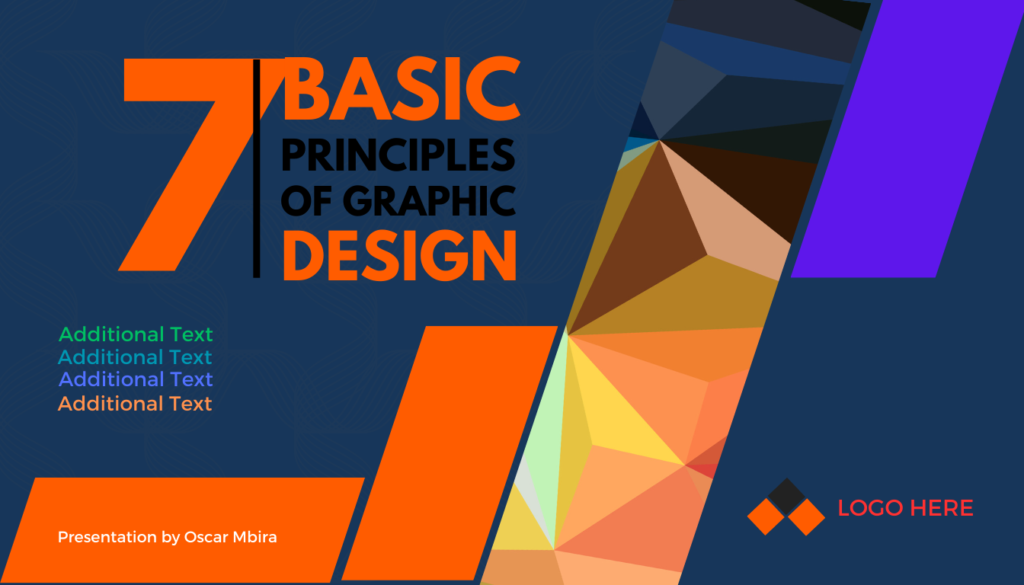
These are used within software like Microsoft PowerPoint or Google Slides to offer a consistent and attractive design for slideshows. They often include a variety of slide layouts, background designs, and infographic elements to enhance the presentation of information.
Social Media Templates
Designed specifically for platforms like Instagram, Facebook, and Twitter, these templates provide optimized sizes and layouts for posts, ads, and banners. They help maintain brand consistency and catch the viewer’s attention in crowded social media feeds.
Email Templates
Used for marketing and communication purposes, email templates offer customizable designs for newsletters, promotional messages, and other communications that can be used with email services to reach a broad audience effectively.
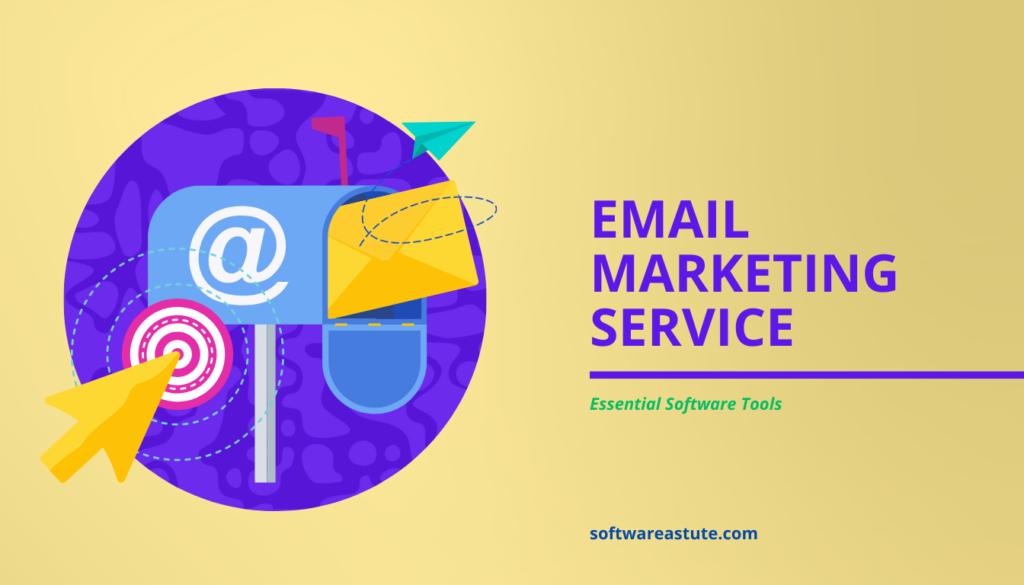
Print Templates
These templates include brochures, business cards, flyers, and posters. They are formatted to industry printing standards, ensuring that printed materials look professional and clean once produced.
Theme Types
| Theme Type | Description |
|---|---|
| Responsive Themes | Automatically adjust layout to fit various screen sizes and devices. |
| E-commerce Themes | Include features for online stores such as product displays, carts, and payment systems. |
| Blogging Themes | Focus on readability and typography, often including social media integration and commenting. |
| Portfolio Themes | Designed to showcase visual portfolios with galleries, slideshows, and lightbox features. |
| Magazine Themes | Support complex layouts for handling large amounts of articles, categories, and multimedia. |
| One-Page Themes | Feature a single, scrollable page ideal for landing pages and concise websites. |
Responsive Themes
These themes automatically adjust their layout to fit different screen sizes and resolutions. Ideal for ensuring websites look great on all devices, from desktops to smartphones.
E-commerce Themes
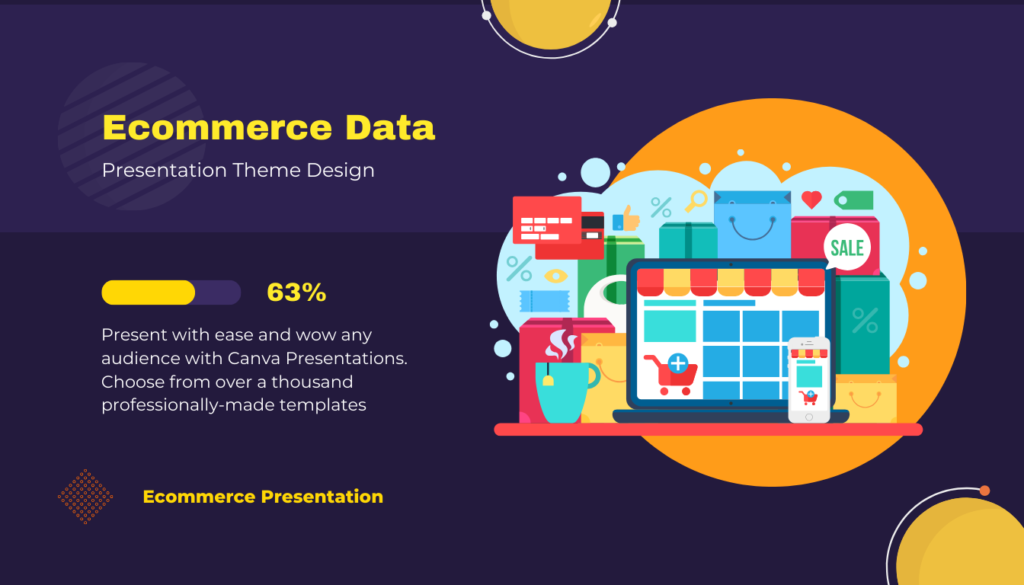
Designed specifically for online stores, these themes include features necessary for e-commerce, such as product display grids, checkout functionality, and integration with payment systems.
Blogging Themes
Tailored for writers and bloggers, these themes focus on text layout, readability, and typography to enhance the written content. They often include features for organizing posts, handling comments, and integrating social media.
Portfolio Themes
Used mainly by artists, photographers, and designers to showcase their work. These themes emphasize image galleries, slideshows, and lightboxes to highlight visuals.
Magazine Themes
Ideal for news sites, online magazines, or any content-rich website. They typically offer complex layouts that can handle large amounts of articles, categories, and multimedia elements.
One-Page Themes
These themes provide a single, long scrollable page that consolidates all site content. They are popular for their simplicity and are often used for landing pages, event promotions, and small business sites.
Benefits of Templates and Themes

Time and Cost Efficiency
Templates and themes reduce the time and effort required to create high-quality designs from scratch. This efficiency can significantly lower project costs and speed up production timelines, making them ideal for projects on tight budgets or schedules.
Professional Aesthetics
With templates and themes, you gain access to expertly designed layouts that ensure projects look visually appealing and professional. This is particularly beneficial for users who may not have formal design training but still want to produce polished, professional and cohesive content.
Brand Identity
Consistency in design is crucial for building a recognizable brand identity. Templates and themes provide a consistent framework for your content, which helps in maintaining a uniform look and feel across all your marketing materials and digital outputs.
Ease of Use and Accessibility
Most templates and themes are designed to be user-friendly, even for those with minimal technical skills. They often come with drag-and-drop interfaces and editable components, making them accessible to a wide range of users.
Versatility and Customization
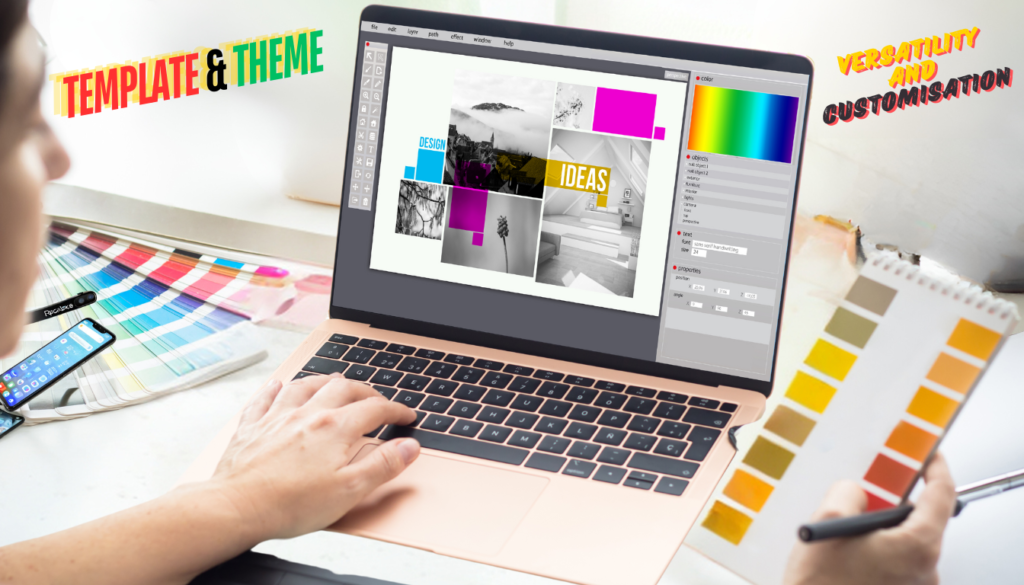
While templates provide a foundational design, they also offer flexibility for customization. Users can modify colors, fonts, and layouts to tailor the design to their specific needs or personal tastes, ensuring the final product is unique and tailored to their audience.
Updated with Latest Design Trends
Template and theme creators frequently update their products to reflect the latest design trends and technologies. This means users can easily keep their designs current and engaging without needing to constantly research new styles or techniques.
Pros and Cons
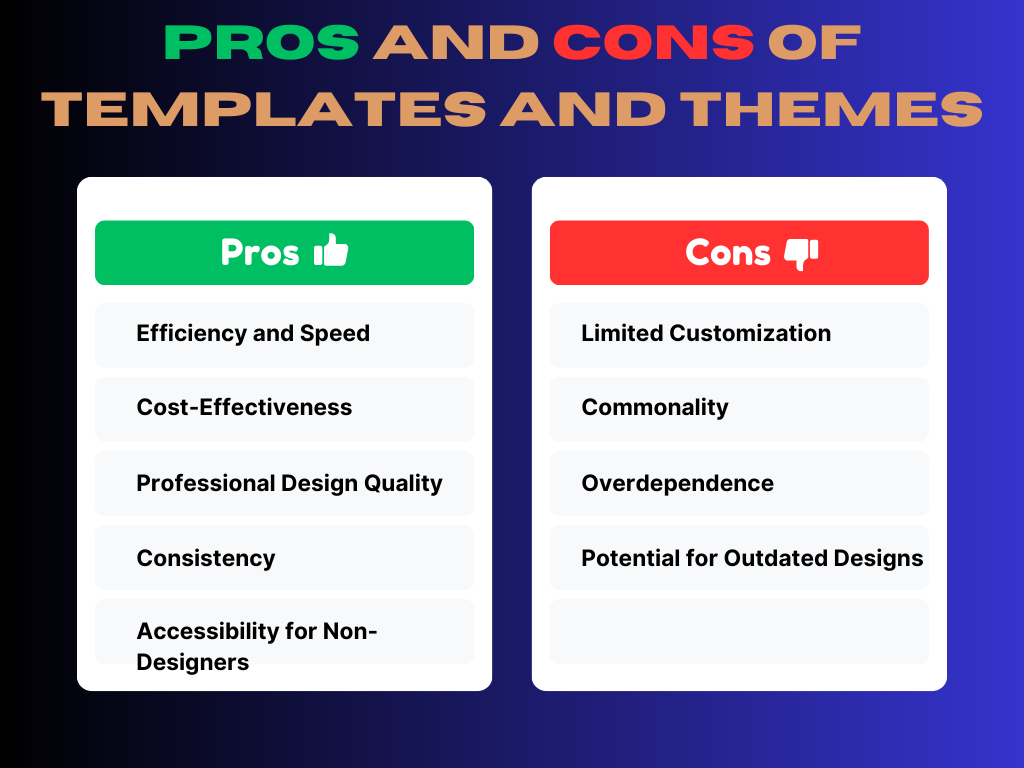
Pros:
Efficiency and Speed
Templates and themes drastically reduce the time required to design and deploy digital content. They come pre-packaged with essential design elements, allowing for quick modifications rather than starting from scratch.
Cost-Effectiveness
Using templates can be a budget-friendly option, especially for small businesses or individuals who might not have the resources to hire professional designers.
Professional Design Quality
Templates are typically created by professional designers and offer a high standard of aesthetic quality. This ensures that even those without extensive design experience can produce work that looks polished and professional.
Consistency
Templates help maintain consistency across your media outputs, which is crucial for branding and user experience. Consistent design reinforces brand identity and helps build trust with your audience.
Accessibility for Non-Designers
Templates provide a user-friendly solution for those who aren’t skilled in design software. Many templates include drag-and-drop features, making it easy for anyone to adapt and use them.
Cons:
Limited Customization
While templates offer some level of customization, they can be restrictive. Users may find it challenging to modify the template to fit unique brand requirements or personal preferences fully.
Commonality
Popular templates and themes might be used by multiple entities, which can lead to a lack of originality and differentiation in design.
Overdependence
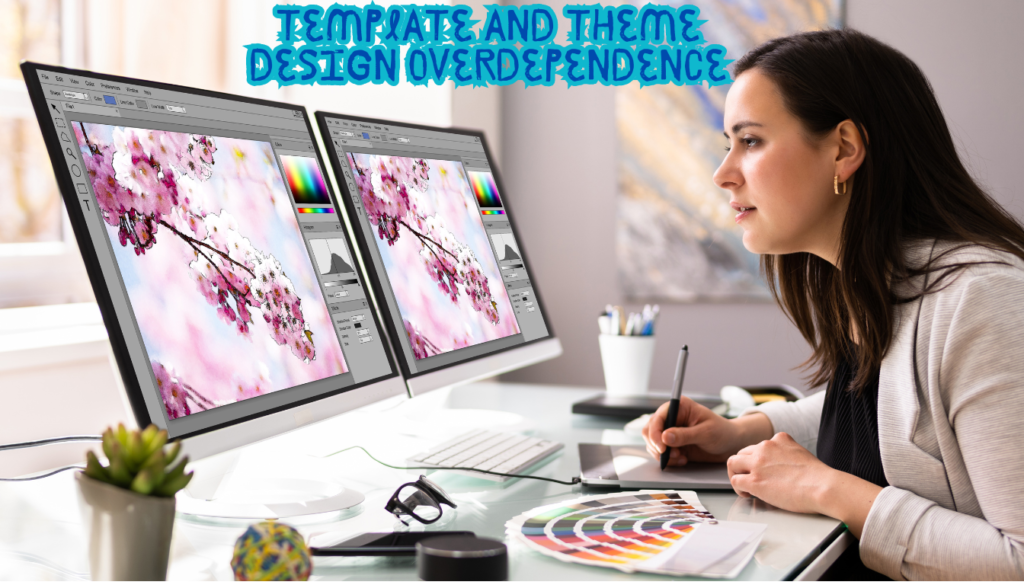
Relying heavily on templates can hinder the development of design skills and creativity, as users may not feel the need to explore beyond the provided frameworks.
Potential for Outdated Designs
If not regularly updated, templates can become outdated as design trends evolve. Users must stay alert to changes in the design world to keep their content fresh and relevant.
Trends in Design Templates and Themes
Keeping up with the latest trends in multimedia design templates and themes is essential for creators looking to stay relevant and competitive. This discussion explores emerging trends that are shaping the future of template and theme design, offering fresh ideas and innovative functionalities that enhance user engagement and effectiveness.
Minimalism and Simplicity:
The trend towards minimalistic design continues to dominate, with templates and themes opting for clean lines, ample white space, and uncluttered layouts. This approach not only makes designs more aesthetically pleasing but also improves user experience by focusing on content rather than decorative elements.
Bold Typography and Creative Text Effects:
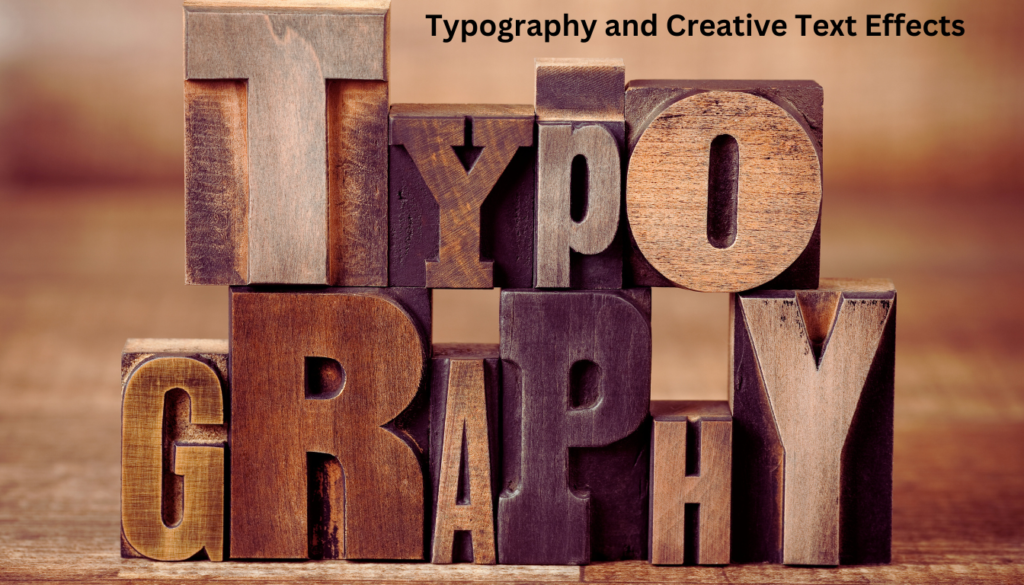
Typography is taking center stage in recent template designs. Expect to see bold, expressive fonts and creative text effects that capture attention and convey messages powerfully. Templates are incorporating varied typography to break the monotony and add a dynamic visual element to the design.
Advanced Interactivity and Animation:
With advancements in web technologies, templates and themes are integrating more interactive elements and animations. These features are designed to engage users more deeply, with hover effects, scrolling animations, and interactive backgrounds becoming increasingly popular.
Emphasis on Mobile-First Design:
As mobile usage continues to rise, the focus on mobile-first design is more pronounced than ever. Templates are being crafted with a mobile-first approach to ensure optimal performance and layout on smaller screens, enhancing accessibility and user satisfaction.
Integration of AI and Machine Learning:
Artificial intelligence and machine learning are beginning to influence template and theme development. These technologies are used to offer personalized experiences, predictive design functionalities, and automated content adaptation based on user behavior.
Sustainability and Ethical Design:
The growing awareness of sustainability issues is leading to the incorporation of ethical design principles into templates and themes. This trend focuses on energy efficiency, reduced data transfer, and the use of eco-friendly visuals and colors that reflect an environmentally conscious approach.
Artificial Intelligence(AI) Influence
Artificial Intelligence (AI) is revolutionizing the field of multimedia design templates and themes, bringing about efficiencies and innovations that were previously unattainable. This influence extends across various aspects of design and functionality, enhancing both the creation process and the user experience. Here’s how AI is making a significant impact:
Automated Design Processes:
AI algorithms are now capable of automating many routine tasks involved in design, such as layout creation, color selection, and even complex graphic design. This automation helps speed up the design process and allows designers to focus more on creative and strategic aspects.
Personalization and Customization:
AI technology enables templates and themes to adapt dynamically to user preferences and behaviors. This means that websites and apps can modify their appearance and layout in real-time based on user interactions, making designs more user-centric and personalized.
Content Optimization:
AI plays a crucial role in optimizing content for different platforms and devices. It can automatically resize images, adjust typography, and reformat layouts to ensure that content looks perfect on any screen, thereby improving the overall aesthetic and functionality.
Predictive Design:
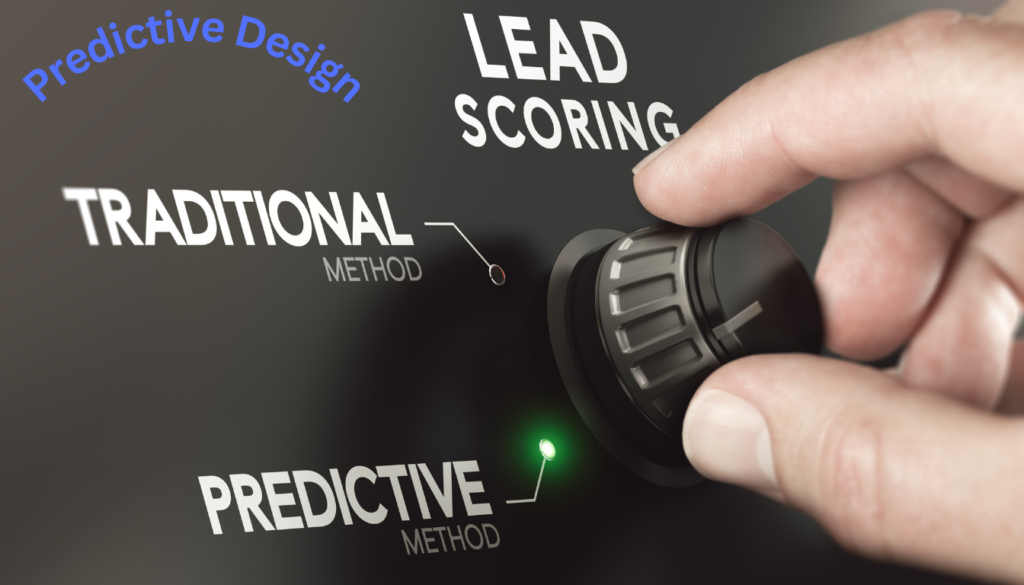
AI can predict design trends by analyzing vast amounts of data from the web, including current styles, user engagement, and popular graphics. This predictive capability allows designers to stay ahead of trends and incorporate elements that are likely to resonate with audiences.
Enhanced User Experience:
Through machine learning algorithms, AI can analyze user engagement and provide insights into how designs can be improved to enhance usability and satisfaction. This includes optimizing navigation paths, improving accessibility, and ensuring that designs meet the needs of all users.
Conclusion
The landscape of multimedia design templates and themes is vast and ever-evolving, driven by advances in technology, changing user preferences, and the continuous need for more dynamic and engaging content. As we have explored, the right templates and themes not only enhance the professional appeal of digital projects but also improve functionality, ensuring that content is accessible, responsive, and tailored to meet the demands of today’s diverse audience.
As multimedia designers or content creators, staying informed about the latest trends and advancements in design templates and themes is crucial. Leveraging these tools can greatly enhance your creative projects, making them more appealing and effective in achieving your communication goals.
Final Thought
Whether you are a seasoned designer or a newcomer to the digital creation space, the strategic use of multimedia design templates and themes is an invaluable approach to producing content that resonates. By embracing the innovations and possibilities presented by these tools, you can ensure that your projects are not just seen but are also impactful and memorable.
FAQ
What are multimedia design templates and themes?
Multimedia design templates and themes are pre-designed files used to create digital content. They provide a framework for websites, videos, presentations, and other media, helping users maintain consistent styling and professional quality.
How can I choose the right template or theme for my project?
Select a template or theme that aligns with your project’s objectives, your brand’s visual identity, and the specific functionality you need. Consider the type of content you will produce, and look for templates that offer flexibility and customization options.
Are templates and themes mobile-friendly?
Many modern templates and themes are designed to be responsive, meaning they automatically adjust to look good on any device, including smartphones and tablets. Always check the template specifications to ensure it is optimized for mobile use.
Can I customize a template to fit my brand?
Yes, most templates and themes are built to allow for customization. You can usually change colors, fonts, and layout elements to match your brand’s style. Some templates offer more customization options than others, so it’s important to choose one that meets your needs.
What should I do if I encounter problems with a template?
If you encounter issues, check the documentation provided with the template for troubleshooting tips. You can also contact the template’s support service or reach out to community forums for help. Many template providers offer customer support as part of the purchase.
How often should I update my template or theme?
Keep your template or theme updated to ensure it runs smoothly and securely. Template updates can also bring new features and design improvements. Check for updates regularly, especially if you notice any functionality issues or if there are updates to the underlying platform it runs on.
Are there free templates and themes available, or do I need to pay?
There are both free and paid templates and themes available. Free options can be a good choice for those on a tight budget or for less critical projects. Paid templates often offer more features, better design quality, and dedicated support.
